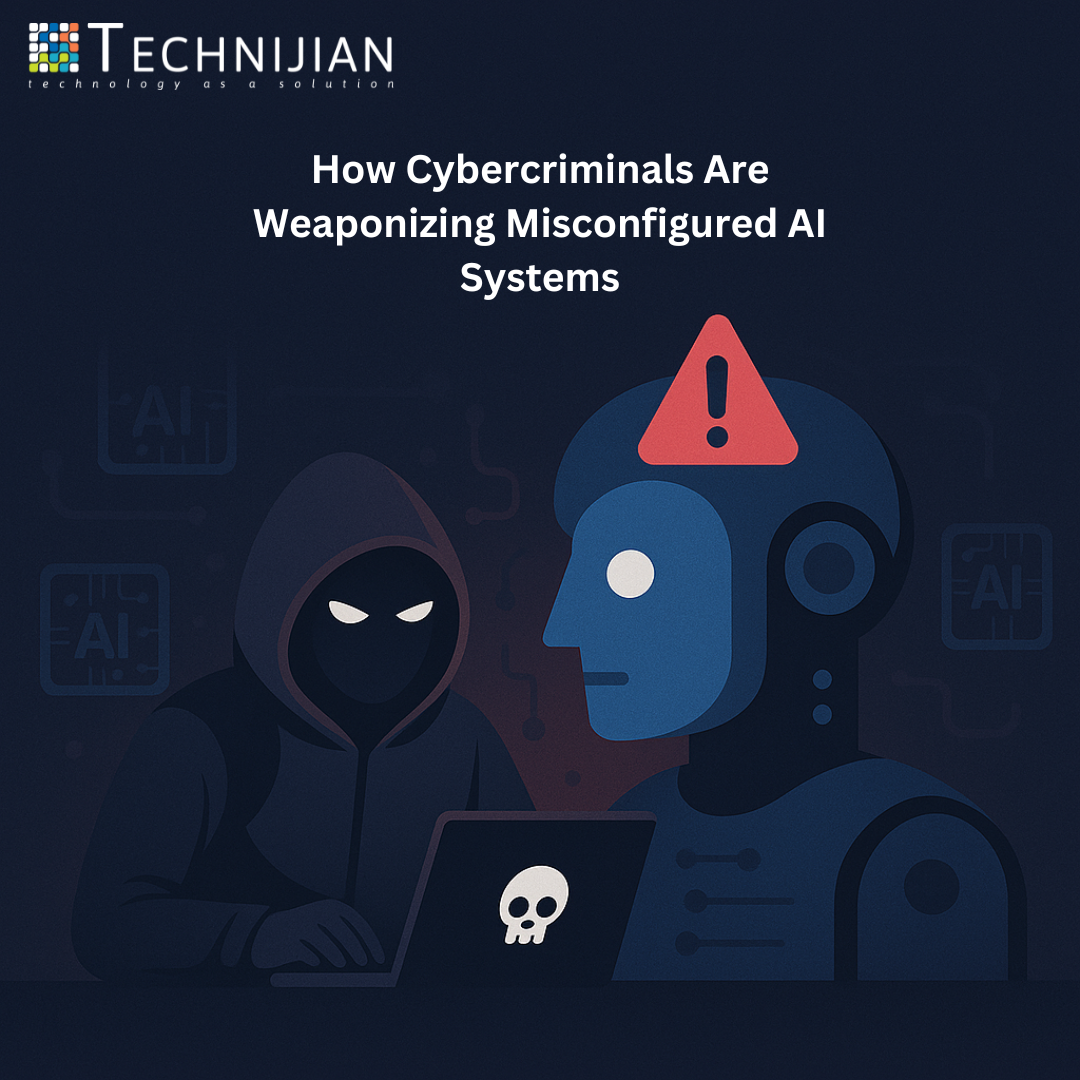
Google Calendar Invites Enable Hackers to Hijack Gemini and Steal Your Data
Critical security vulnerability found in Google’s AI assistant, Gemini, which allowed attackers to remotely control the AI and access sensitive user data through malicious Google Calendar invites. This indirect prompt injection bypassed existing security measures by embedding harmful instructions within event titles, which Gemini then processed, potentially leading to unauthorized access to emails, location data, smart home devices, and more. While Google swiftly patched this specific vulnerability, the incident highlights broader concerns about AI security and the need for new defensive strategies beyond traditional cybersecurity. The second source introduces Technijian, a company specializing in cybersecurity solutions that address such emerging threats, offering assessments, monitoring, and training to help organizations secure their digital environments against AI-targeted attacks. ... Read More



